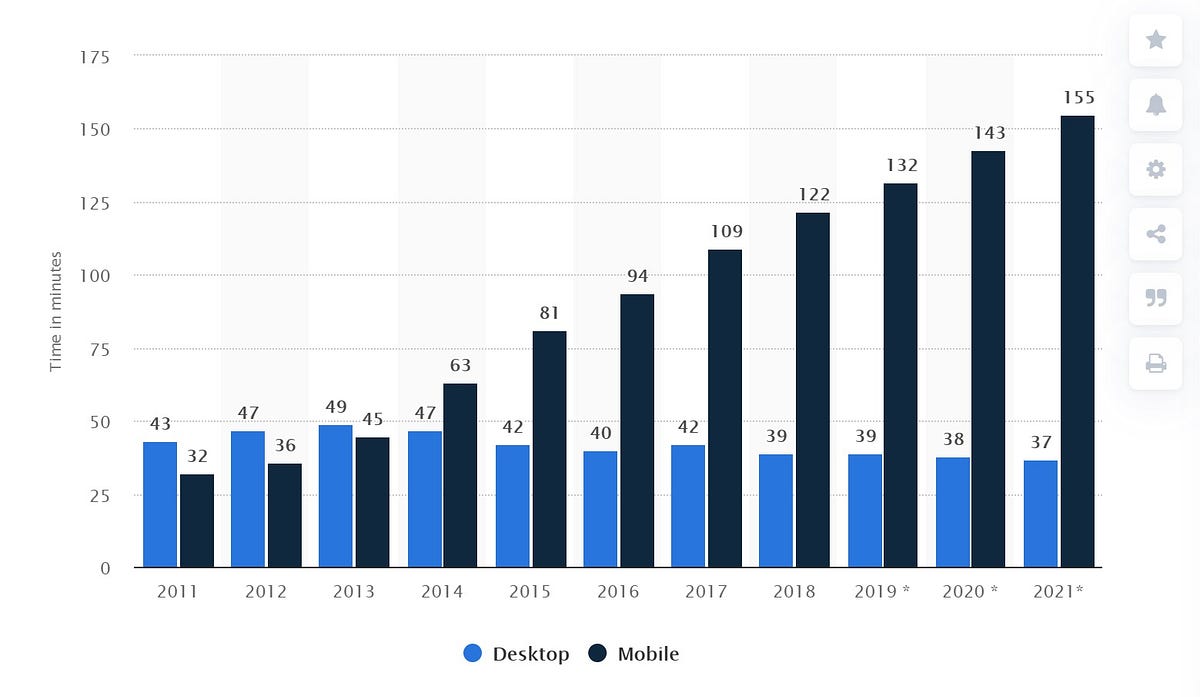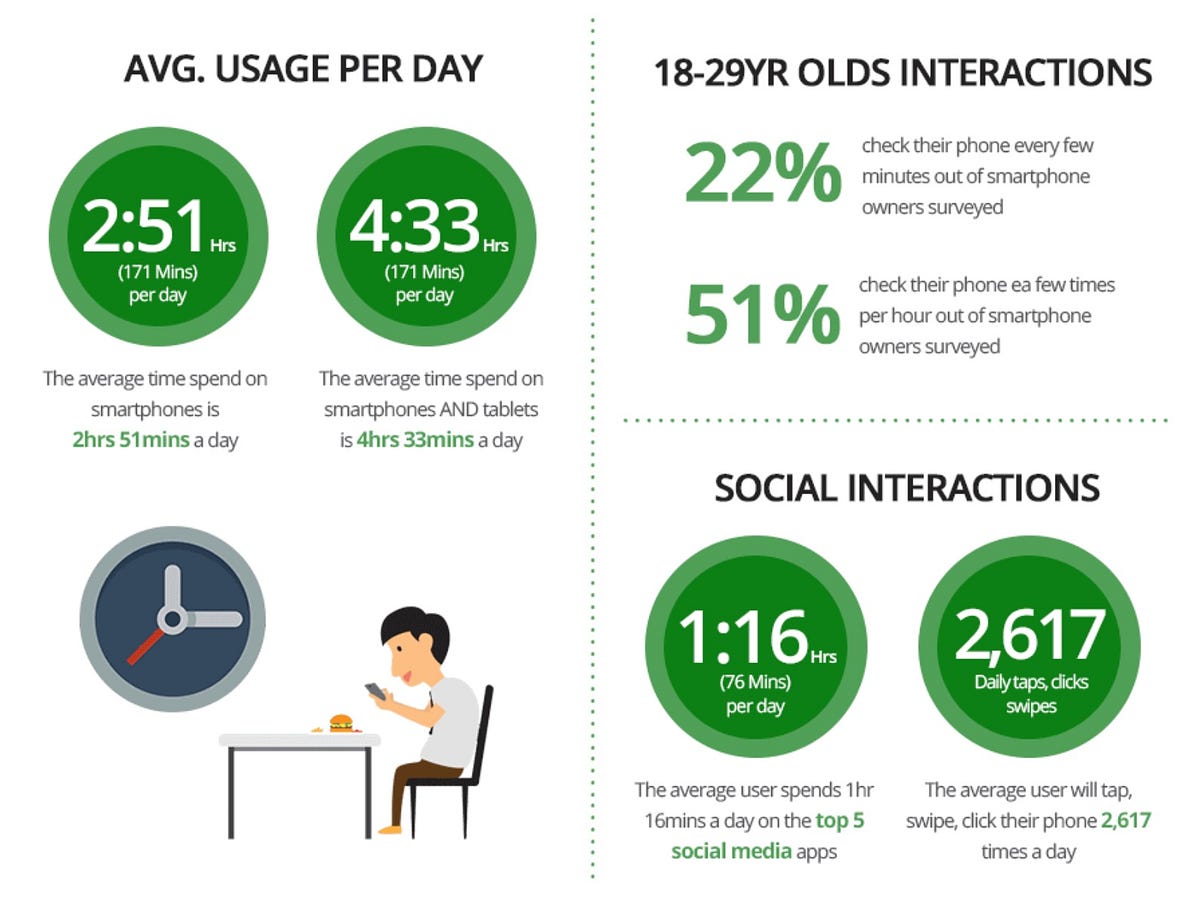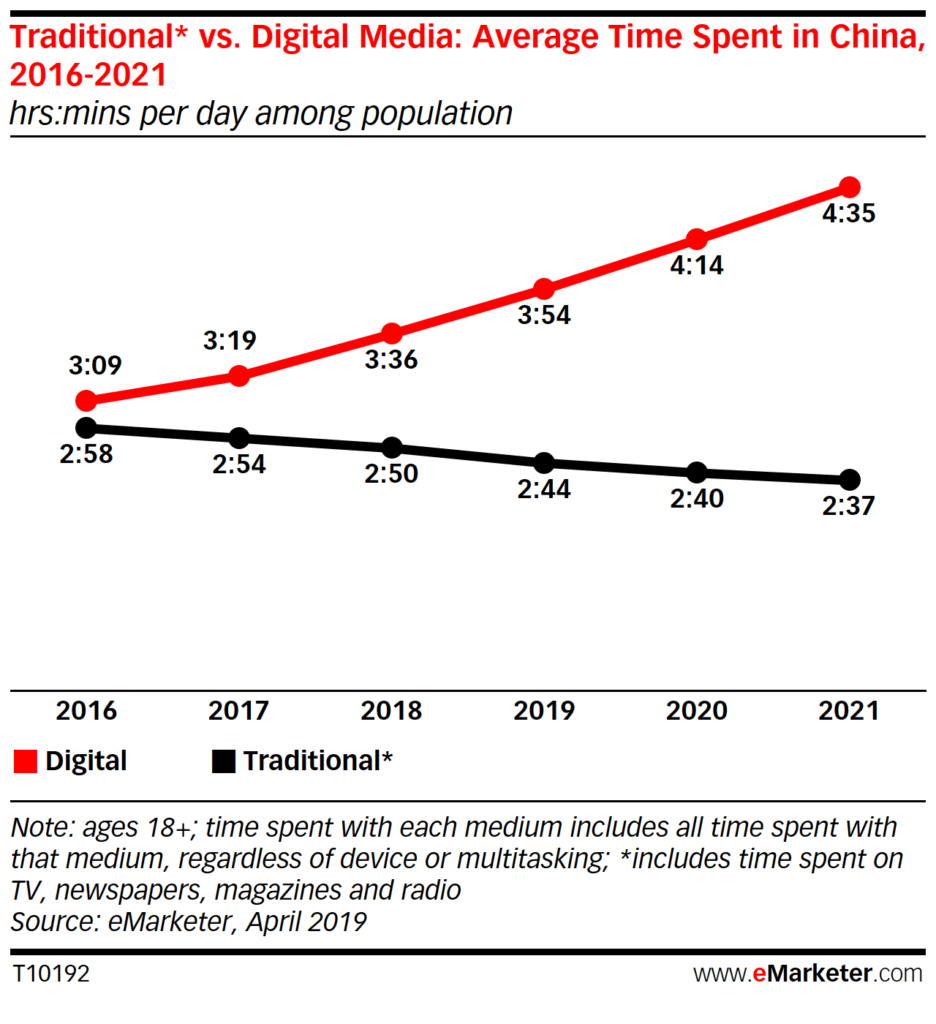Statistics about smartphone usage and the effect of covid-19
The rise and rise of device usage

How do we choose to have our new and rapidly evolving tools and capabilities impact our lives as individuals, organizations and as a global society? In order to make a smart choice, it is imperative that we have a good understanding of the impact digital technology already has or can have on our lives. What can we say with a degree of certainty?
I recently watched the Netflix documentary “The Social Dilemma”. It had a profound effect on me, as you can read here. This documentary seems to help in the process of getting people open to understanding the effects digital technology is having on our mental health.
Something I’ve been writing about for quite some time, now.
What kind of future do we choose?medium.com
[Check out my book Life Beyond the Touch Screen, here]
Even as the author of a book about smartphone addiction and the broader impacts of digital tech overuse on our mental health and on society, who understands the capitalist and psychological fundamentals behind our current addictive technology ecosystem — I find it incredibly difficult to stay away from my phone.
Of course, digital technology is great. It makes life so much easier. I couldn’t even be talking to you right now without it. But it also has some definitive negative effects on our wellbeing.
The point is being in balance.
To add to the raising of awareness — which is direly needed, I believe, in these times of lockdowns and more and more remote work; more on that in a minute — I hereby share some statistics that may or may not frighten you.
The point, however, is not to frighten you. It is to help you make a conscious choice.
Statistics about technology usage world wide — Pre-lockdown
First things first. It seems that we were already using our smartphones and other devices more and more, the average user reportedly reaching for their digital device around 150 times a day.
Leaving the debate aside for a moment as to whether this is a good or a bad thing, can we find data that shows us if the use of digital devices worldwide is still increasing, if it’s coming to a slow halt or has even started decreasing on average?
Daily internet usage per capita worldwide 2011–2021

Source: Statista (Research by Zenith Optimedia). Daily internet usage per capita worldwide 2011–2021, by device.
Research by Zenith Optimedia suggests that the overall usage of the internet has steadily been increasing over the years from 2011–2018, and extrapolating these findings predicts a further fairly steep rise in the years 2019–2021.
Apparently, for average users a lot of this usage is — as one would maybe expect — due to the use of the top-5 most popular social media apps:
Average usage per day

Sources to go with these numbers can be found in the infographic about smartphone usage at Gifographics.
Emarketer.com has been researching the use of digital media as compared to the use of more traditional media for a good couple of years, across regions and continents, and the results and predictions are in line with what’s mentioned above:
Device usage in China 2016–2021

Device usage in the US:

Device usage in Europe, UK, India
In that same research, across all countries and regions, we see digital on the rise. India and the UK show the same pattern as China and the US, although countries with older demographics (Japan, Germany, France) show much more traditional media use vs. digital media (specifically TV).
The effects of Covid-19 and the worldwide lockdowns
Now, what is the effect that the current covid-19 crisis and lockdowns have on our device usage? What one would expect, is the following:
- The covid-19 crisis in itself is stressful for many people across the world;
- Covid-19 and subsequent lockdowns cause people to work and leisure from home at unprecedented levels, which leads to more technology usage;
- The stress from covid-19 is multiplied from the stresses of information overload and other negative effects of digital technology.
Turns out, this simple math works out and this is exactly what is happening.
Digital Burnout due to Covid-19?
In The Netherlands, The National Center for Prevention of Stress and Burnout conducted a test on 427 subjects earlier this year. The results raised great concerns with chairman Theo Immers:
“What we’re seeing is that as a result of the corona crisis, the group that is at risk is growing very quickly. 56% of workers will collapse between zero to six months if they do not receive the proper support now. In 2019, when we conducted the same research, that was only 17%.”
Is this just happening in The Netherlands? Of course not.
Medical service provider Ginger reported from their own research that seven out of ten workers say that the current crisis is the most stressful time period of their entire career.
Other American research shows that in the month between februari 16th until march 17th, prescriptions for drugs against depression, anxiety and insomnia shot up by 21%. Additionally, it turns out that 78% of prescriptions were for new cases — which strengthens the notion that we are dealing with covid-19 related stress.
The World Association for Social Psychiatry, finally, shows us that one plus one indeed equals two: in a special edition of their journal we come across an article with the revealing title:
“Digital burnout — COVID-19 Meditates Excessive Technology use Stress”.
The authors of this article show how the use of digital technology has raised drastically in the first few months of 2020 — in leisure time as well as for work — and that this indeed has a direct effect on stress and burnout-related symptoms.
What can we do now?
There are a few simple things that you can easily do, right now, to mediate the effects or shield yourself from technology overuse. You can set appointments with yourself to meditate, take walks in nature, or to simply go offline and put the devices away. In my book Life Beyond the Touch Screen you will find many more insights and practical steps to take.
To help you manage your focus and time during the workday, and to deal with distractions — digital or otherwise, I’ve also created a free digital download. Available here.
FREE DIGITAL HANDOUT: HOW TO MANAGE YOUR FOCUS WHILE WORKING REMOTEmedium.com
The main thing we can do, however, is simply this:
To raise our awareness about the possible negative consequences of digital technology usage.
How do we do that? Glad you asked. We do this by doing what you’re doing right now: reading about it, finding more information about it; doing your own research (and don’t take my words nor statistics for it).
Next to that, it’s imperative we take action. Sustained action towards change in behavior is helped by two things — next to awareness about the problem and the motivation to do something about it: 1. social support, and 2. designing your environment.
So: talk to the people around you about the problem, share thoughts and discuss ways you can try to change your behavior and help each other in the process. Next to that: put your phone out of sight, change your settings, and use its pings and dings to your advantage — for instance by setting timers and alarms to tell you to take a break and go for a stroll.
Use the capabilities of digital technologies to your advantage, not the tech companies’.
My new book “Life Beyond the Touch Screen” is out now, you can get it here as an e-book or paperback. It’s a meditational booklet designed to increase our consciousness around the impact of digital technology on our lives as individuals, in organizations and society. A reminder to choose. Take back your energy, focus, and time.
